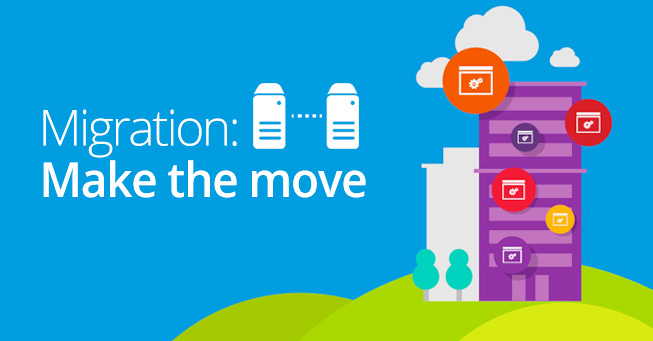With an understanding of what is still running on Windows Server 2003, what needs to migrate when, and where to migrate to, you can make a plan and begin server migration. But arriving at this state may require some additional analysis and assistance. Luckily, there are a number of resources and services that can help you with the actual migration of your data. Many IT people conduct the migration themselves in-house, some hire consultants to help with larger and more complex migrations, and others call upon Microsoft service agents and third-party agents to help guide them through the process remotely.
Whatever you choose to do, it’s crucial that you understand the technical requirements needed to migrate your data. Many questions you may have about your new system and how to move your applications and workflows over have already been answered. If they haven’t, consult the links near the end of this article for more information.
The actual migration itself can be facilitated by both third-party products and services—it doesn’t all need to be done manually as many people believe. Several vendors offer do-it-yourself tools to assist in the decision-making process and in the migration itself. Some examples are:
- Dell’s ChangeBASE
- Citrix’s AppDNA
- AppZero
System integrators also offer services for migration. The previously mentioned Microsoft Services JumpStart for Windows Server 2003 is one such offering, and several other Microsoft system integrator partners have migration offerings as well.
Now Is the Time to Migrate
If you’ve followed the three previous steps (discover, assess, and target), you’ve already made most of the important decisions required in the migration process. By now, you should have a working understanding of any technical challenges that must first be addressed, an inventory of all of the applications and workflows on your Windows Server 2003—along with prioritization and workgroups that detail when and how to move the applications over—and new locations for all of your applications and workflows in your migration document.
If other IT professionals in your organization are helping with the server migration, you should have an understanding of who is doing what and in what order. By using your application inventory document as a project management worksheet, you can easily keep track of where in the migration process you are for the next several months.
Keep in mind that problems do arise, so it’s important to budget time into your schedule for troubleshooting and recovery. In some cases, you could run into compatibility or version control issues—so be sure to keep a working spreadsheet of where the technical issues are once they’re noticed.
Check out these resources, which can help you further in your migration process:
Now is also a good time to review your migration options to see if you need to add any solutions. Since so many applications and file management systems are cloud-based, solutions like Azure are quickly becoming a top choice for people migrating from a Windows Server 2003. Cloud-based servers are also great supplementary servers to use in addition to your premises-based solution. With the many advantages of cloud-based servers, it’s worth knowing the pros and cons and choosing the method that’s best for you before you begin your migration process.
With thorough planning beforehand, your migration from Windows Server 2003 to Windows Server 2012, 2008, or Azure should go as smoothly as possible. Although the server migration process can take a very long time and seem daunting, with organization, good project management, and planning comes clarity and ease with the process.

